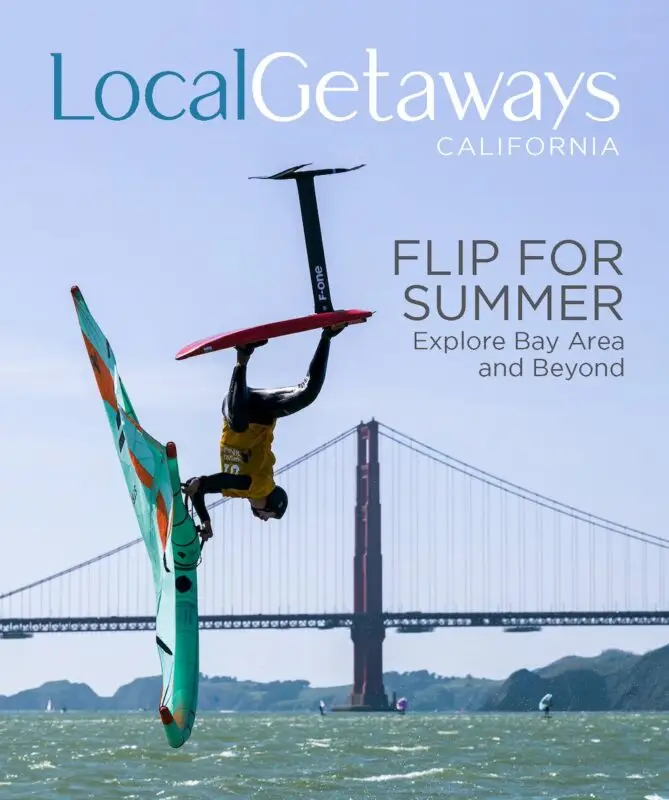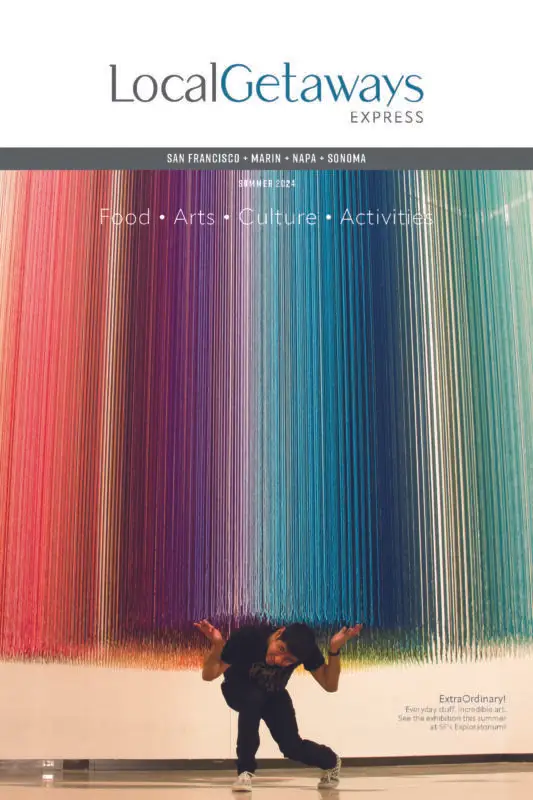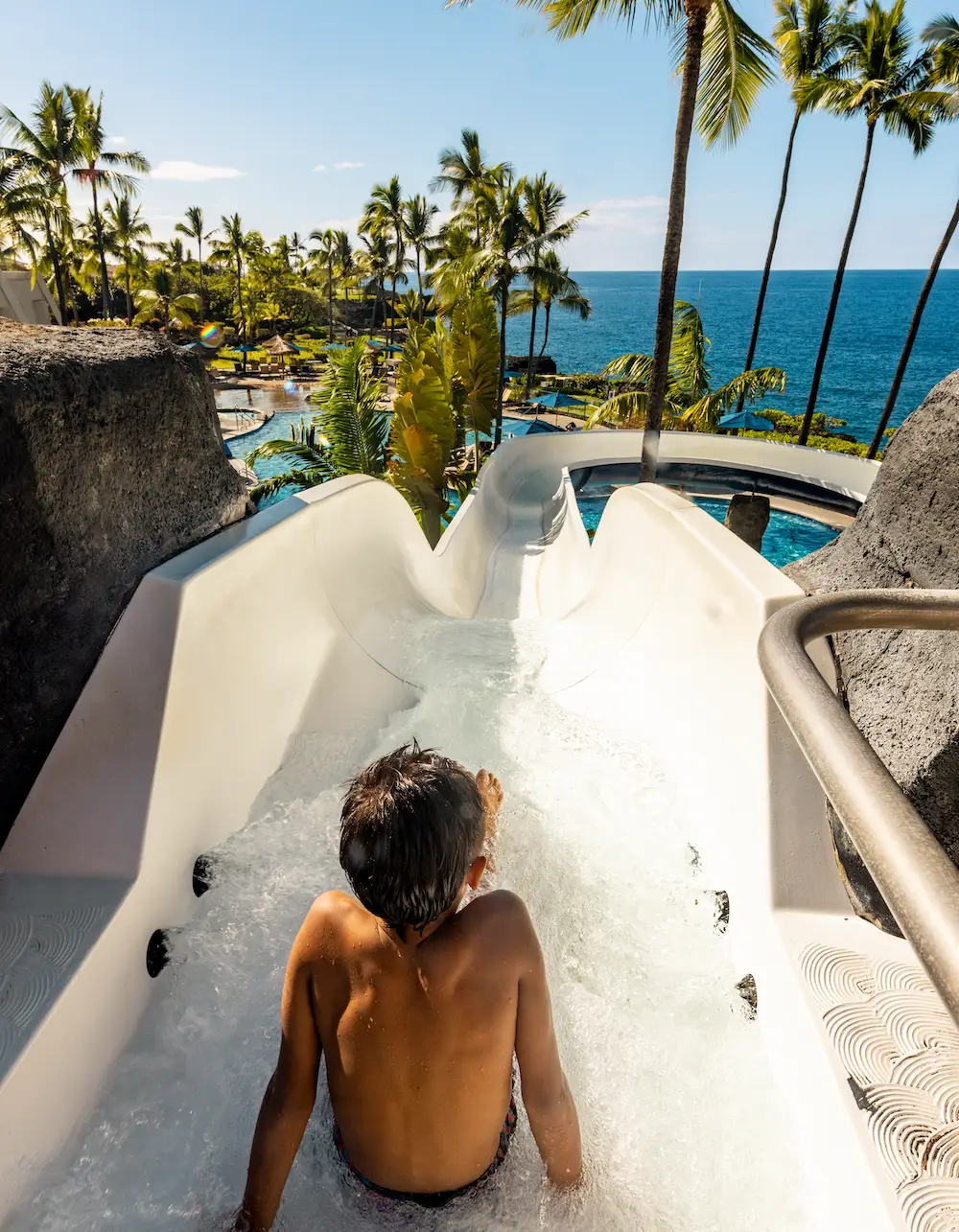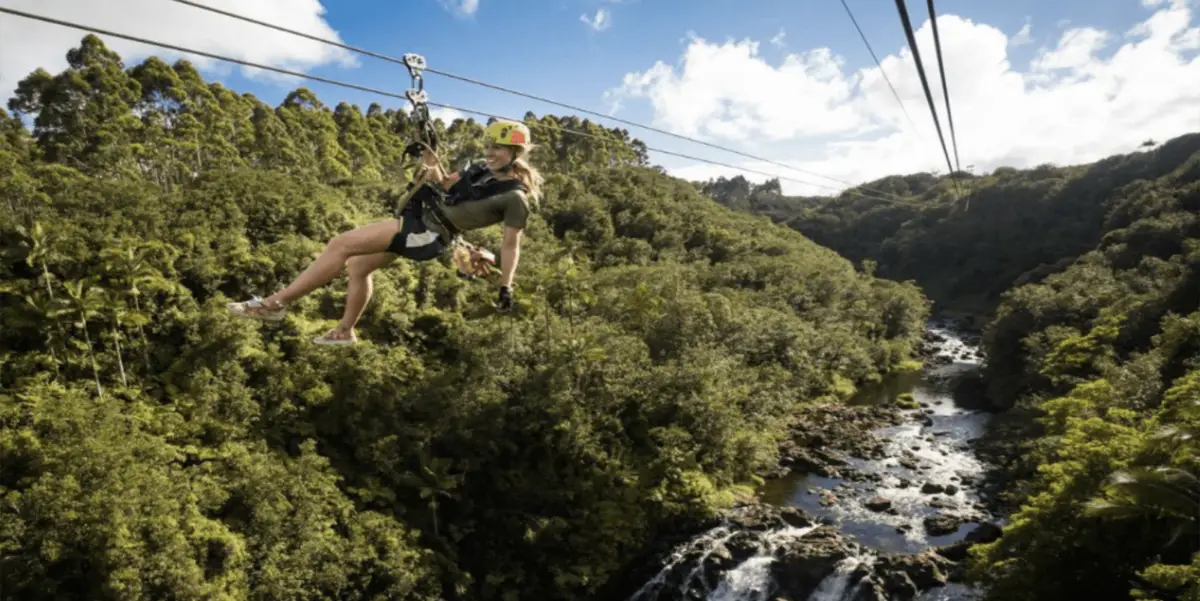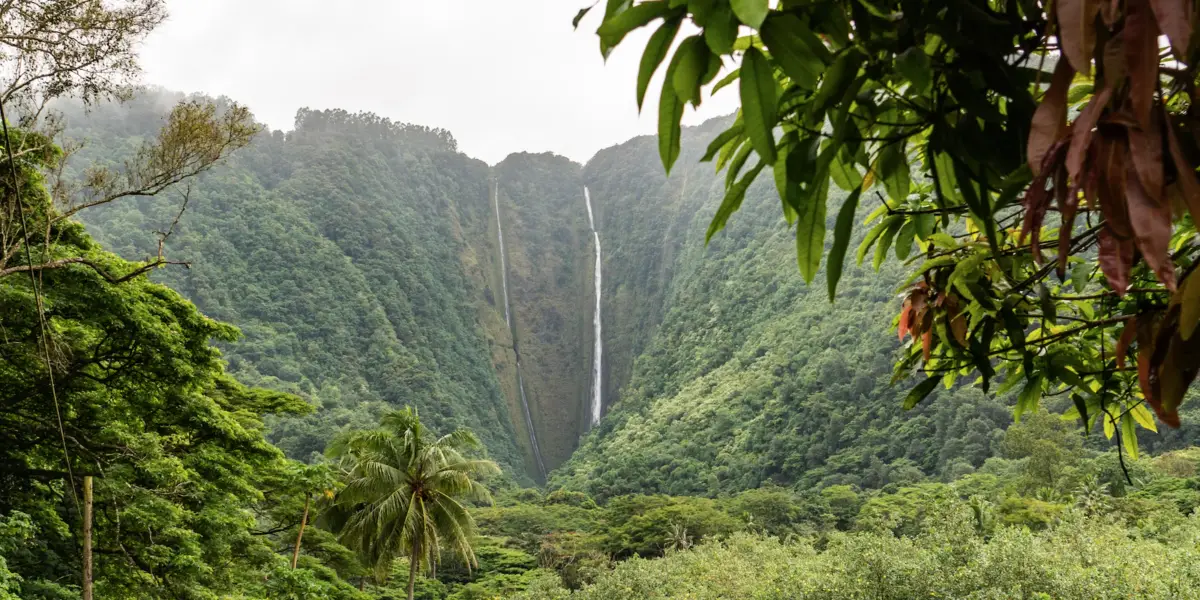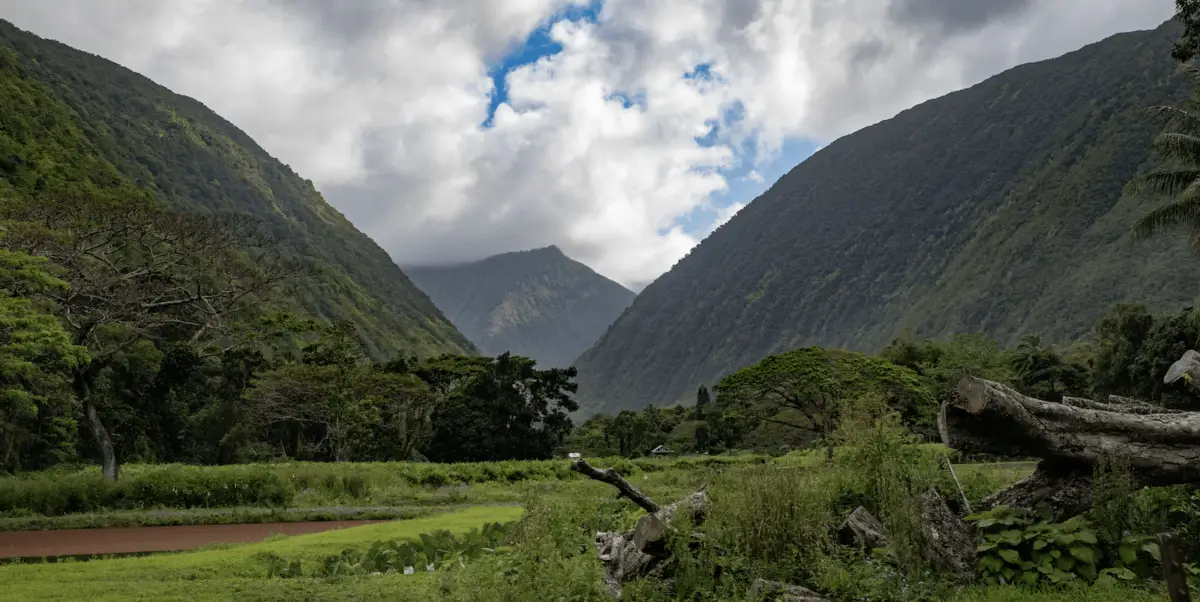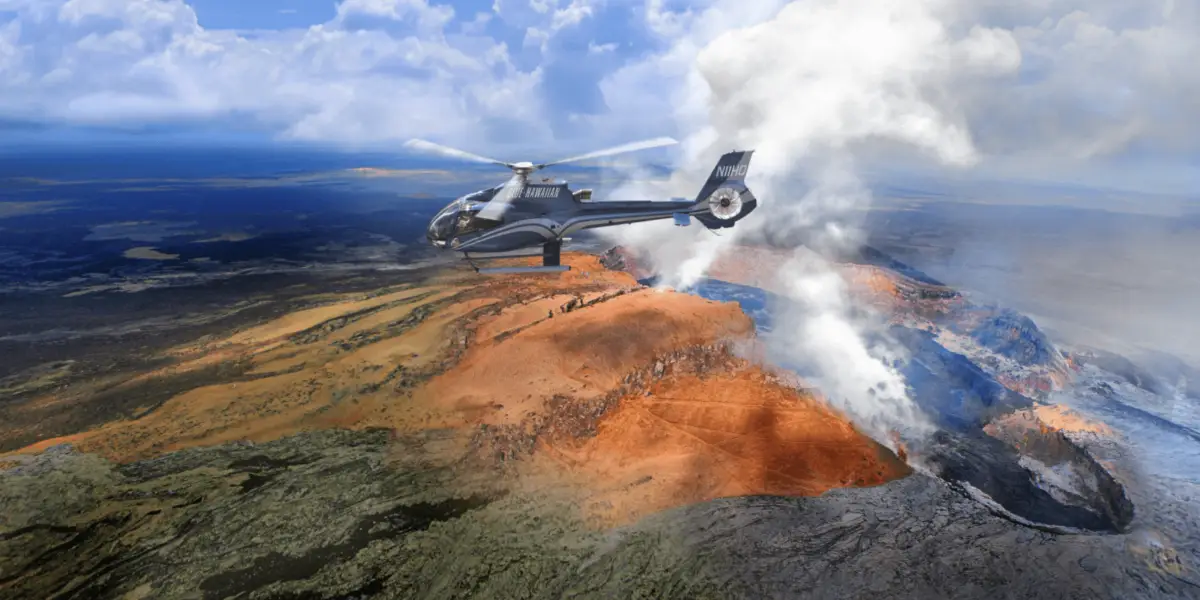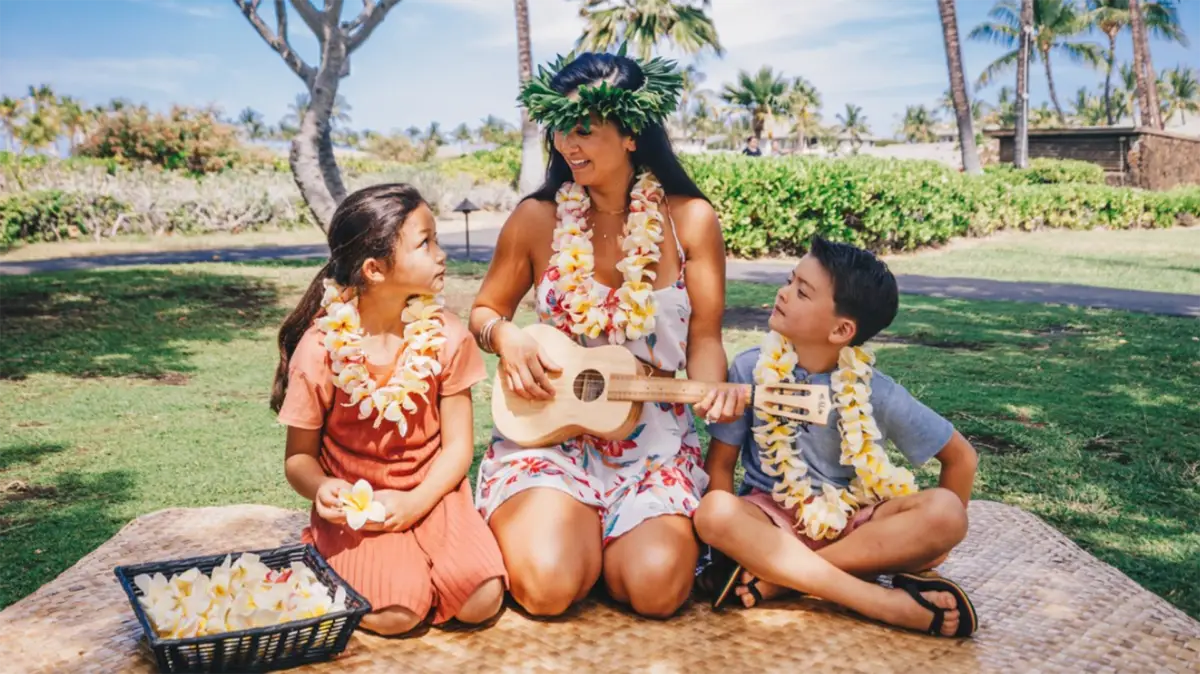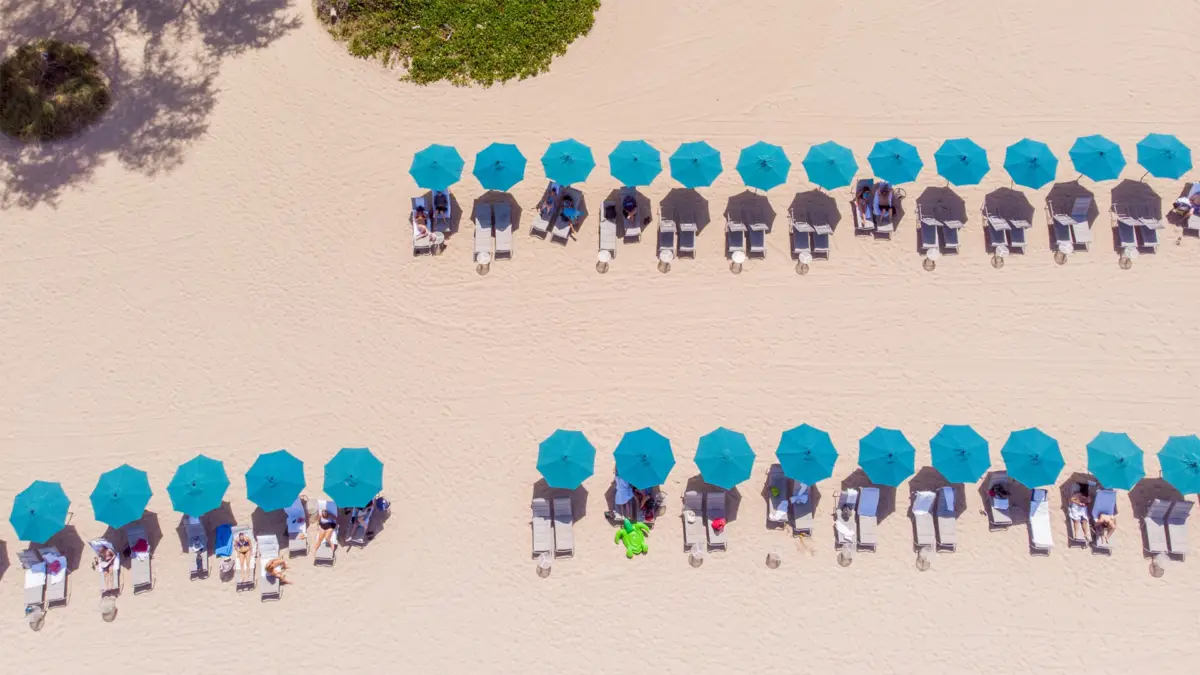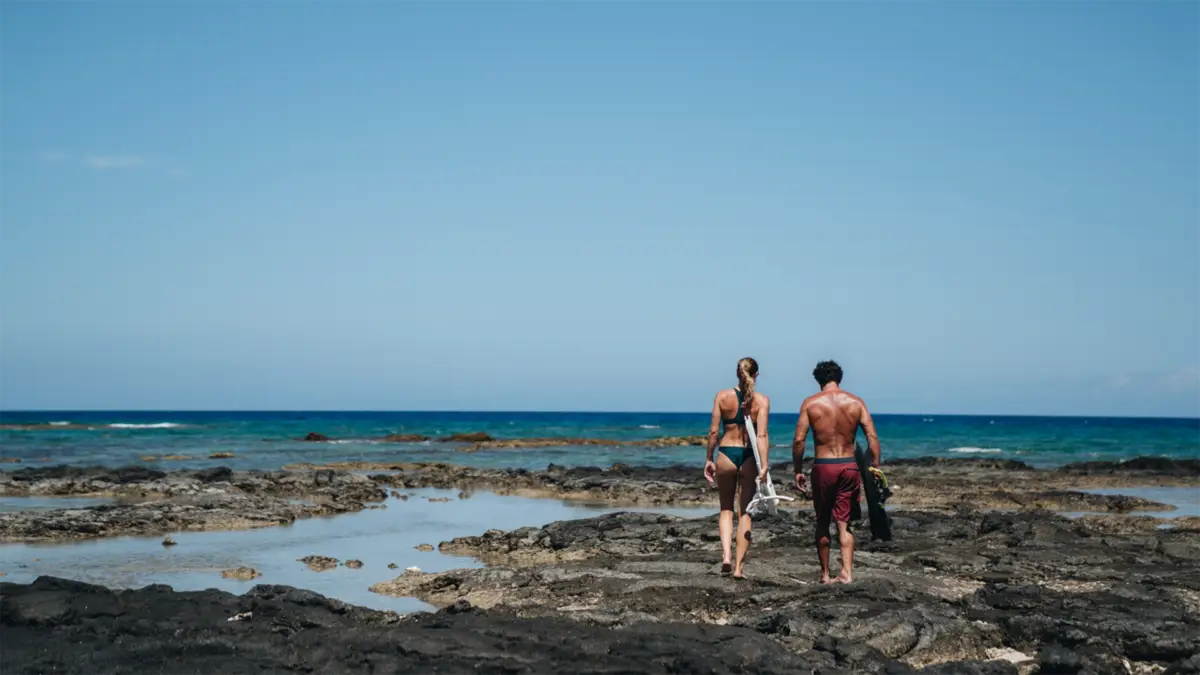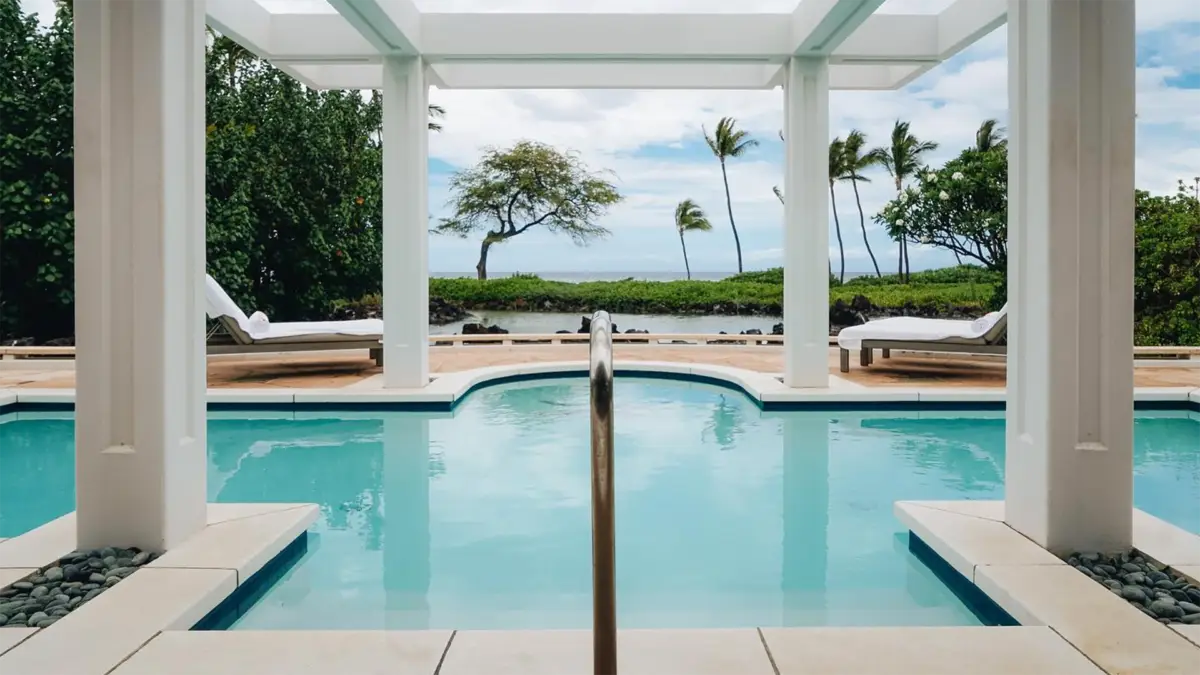Kona
Travel Kona Like a Local
Top restaurants, hotels, and activities featuring the best of Kona
- Kona hosts the Ironman World Championship Triathlon
- The Hawaiian Vanilla Co and it’s 20 acre farm are the only commercial vanilla farm in the entire United States
- Hulihe’e Palace was constructed in 1838
- Kona hosts the international Billfish Tournament for deep sea fishing every year
- The Kona District stretches about ⅔ of the entire west side of the island.
In the Hawaiian language, kona means “leeward,” referring to the dry side of an island, as opposed to ko‘olau, the windward or wet side. Today “Kona” serves as shorthand for the sunny west side of Hawai‘i—including the districts of North and South Kona and South Kohala—as well as the airport in Keāhole. Eight miles south of the airport, Kailua is the region’s major population and tourist center, typically called Kailua-Kona to distinguish it from the town of Kailua on O‘ahu.
Part of North Kona, Kailua-Kona is a port of call for cruise ships and a departure point for snorkel/dive and fishing boats, which also launch from Keauhou to the south and Honokōhau harbors to the north; abundant lava fields mean there’s little runoff to cloud the waters. Small hotels, condos, shops and restaurants line Kailua-Kona’s bustling Ali‘i Drive, named for the royalty (ali‘i) like King Kamehameha, who ruled from a small enclave on Kailua Bay, and Princess Ruth Ke‘elīkolani, who summered in Hulihe‘e Palace. South Kona includes hundreds of acres of coffee farms, the pristine marine reserve of Kealakekua Bay, where British explorer Captain Cook met an untimely end, and the national historical park of Pu‘uhonua O Hōnaunau, a former place of refuge and royal compound.
King Kamehameha moved his capital of the newly unified Kingdom of Hawaiʻi from Honolulu to Kamakahonu Cove on Kailua Bay in 1813, and died there in 1819. His two widows and son Liholiho, later King Kamehameha II, broke the traditional kapu(taboo) later that year by sharing a meal together, leading to intense cultural conflict and even bloody battles with followers of the kapu system. It proved auspicious timing for the first Christian missionaries to the islands, who arrived in early 1820 and later built Moku‘aikaua Church across the bay from Kamehameha’s former temple.
After the capital moved back to Honolulu, Kailua remained a quiet fishing village until tourism began in earnest in the early 1970s, including the debut of moderately priced hotels such as the King Kamehameha’s Kona Beach Hotel and the Kona Surf, now the Sheraton Kona Resort & Spa at Keauhou Bay. It has also gained international fame as the home of the Ironman World Championship triathlon, the Hawaiian International Billfish Tournament and the Kona Coffee Cultural Festival.


